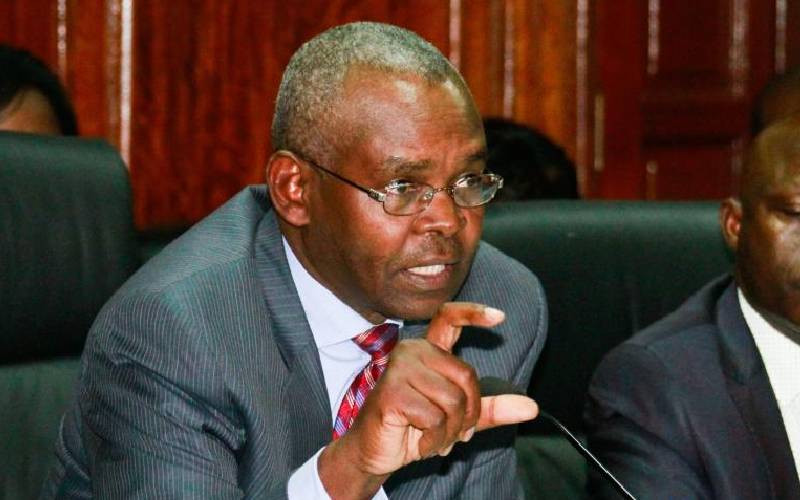Kenya’s fiscal landscape in February 2025 presents a nuanced picture of the nation’s economic health, reflecting both challenges and strategic responses. This comprehensive analysis delves into the key fiscal metrics, providing insights tailored for Kenyan business professionals.
In February 2025, Kenya’s tax revenue stood at KSh 151.82 billion, marking a 3.67% decrease compared to February 2024. This decline underscores the need for enhanced tax administration and broadening the tax base to ensure sustainable revenue streams.
The month witnessed a significant uptick in domestic borrowing, reaching KSh 148.19 billion—the highest in the past 12 months. External borrowing was comparatively modest at KSh 8.69 billion. This shift towards domestic sources indicates the government’s strategy to mitigate foreign exchange risks and reduce dependency on external debt.
On the expenditure front, public debt servicing consumed KSh 156.05 billion, highlighting the substantial burden of debt repayments on the national budget. Other notable expenditures included:
- Non-public debt Consolidated Fund Services (CFS) spending: KSh 14.29 billion
- Recurrent expenditure: KSh 100.87 billion
- Development expenditure: KSh 16.78 billion
- Equitable share to counties: KSh 33.28 billion
The fiscal deficit is projected to narrow to 4.3% of GDP in the 2025/26 fiscal year, down from 4.9% in 2024/25. This anticipated reduction aligns with the government’s commitment to fiscal consolidation and sustainable economic growth.
Kenya’s public debt dynamics present a mixed outlook. While the government’s fiscal consolidation efforts aim to stabilize debt levels, challenges persist. The interest burden on public debt has systematically absorbed more than 25% of government revenues over the last five years.
Additionally, Fitch Ratings projects government interest payments to exceed 32% of revenues in 2025, significantly higher than the ‘B’ median forecast of 15%.
The Central Bank of Kenya implemented a 50 basis points rate cut on February 5, 2025, reflecting efforts to stimulate economic activity amid below-potential growth and subdued inflation.
Kenya’s economic growth is projected to rebound to 5.3% in 2025, up from an estimated 4.6% in 2024. This optimism is driven by enhanced agricultural productivity, a resilient services sector, and ongoing implementation of the Bottom-Up Economic Transformation Agenda (BETA).





